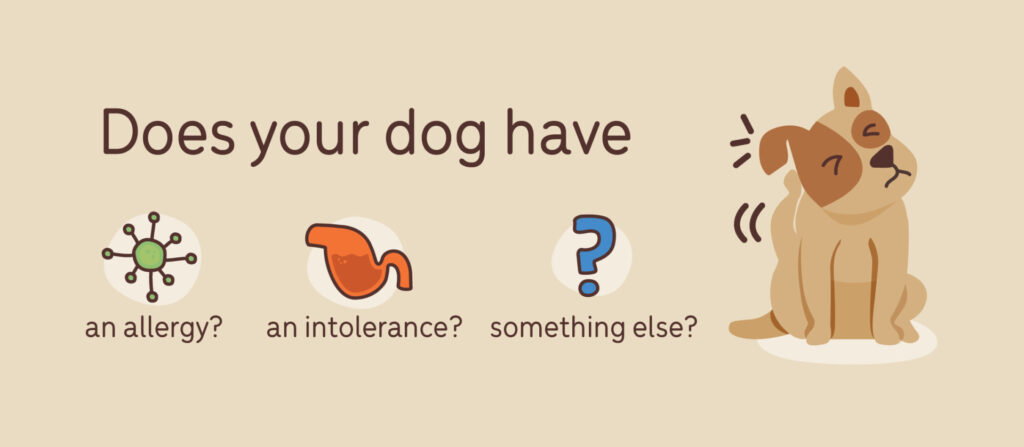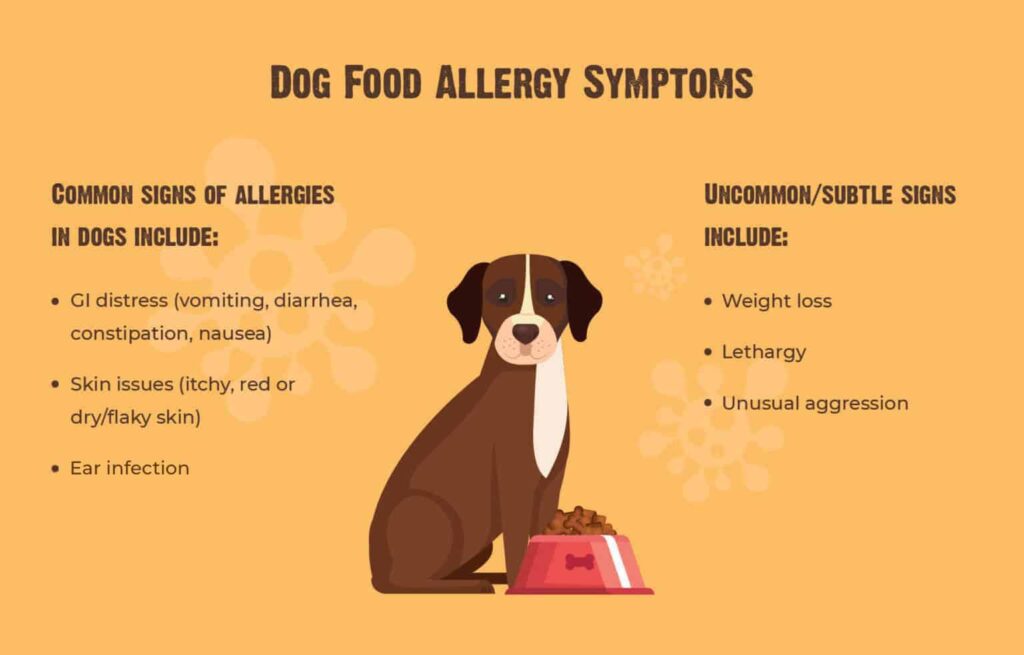Food allergies in dogs can be a perplexing issue for pet owners. Ensuring your furry friend receives the best dog health care requires understanding and managing these allergies effectively. This guide provides insights into dealing with food allergies in dogs, helping you keep your pet healthy and happy.
Understanding Food Allergies in Dogs
Food allergies occur when a dog’s immune system mistakenly identifies a food ingredient as harmful. This reaction can lead to various symptoms, affecting your dog’s overall health and well-being. Common allergens include proteins such as beef, chicken, dairy, and grains like wheat and corn.
Symptoms of Food Allergies
Recognizing the symptoms of food allergies in dogs is crucial for timely intervention. Key signs include:
- Itching and Scratching: Persistent itching, especially around the face, ears, and paws.
- Digestive Issues: Vomiting, diarrhea, and excessive gas.
- Skin Problems: Redness, rashes, and hot spots.
- Ear Infections: Recurring ear infections or inflammation.
Diagnosing Food Allergies
Diagnosing food allergies involves a process of elimination and careful observation. Here’s how to get started:
- Consult Your Veterinarian: Seek professional advice to rule out other potential causes of symptoms.
- Food Elimination Trial: Introduce a hypoallergenic diet, avoiding common allergens. Gradually reintroduce ingredients to identify the culprit.
- Allergy Testing: In some cases, veterinarians may recommend blood or skin tests to pinpoint specific allergens.

Best Dog Health Care Practices
Providing the best dog health care involves a multi-faceted approach to managing food allergies. Here are essential steps:
1. Choose Hypoallergenic Dog Food
Opt for commercial hypoallergenic dog food formulated with novel proteins and limited ingredients. Look for labels indicating grain-free or allergy-friendly options.
2. Prepare Homemade Meals
Consult your veterinarian to create balanced homemade meals, ensuring all nutritional needs are met while avoiding allergens.
3. Introduce Supplements
Incorporate supplements such as omega-3 fatty acids to support skin health and reduce inflammation.
4. Maintain Regular Vet Visits
Frequent check-ups allow for monitoring your dog’s health and adjusting their diet as needed.
Preventing Food Allergies
While some dogs may be genetically predisposed to allergies, there are steps to minimize risks:
- Gradual Food Introduction: When introducing new foods, do so gradually to monitor for adverse reactions.
- High-Quality Ingredients: Choose dog food brands that use high-quality, natural ingredients without artificial additives.
- Monitor Treats and Snacks: Ensure treats and snacks are free from common allergens and fit within your dog’s dietary restrictions.

Managing Allergic Reactions
In case of an allergic reaction, prompt action is essential:
- Immediate Vet Care: If severe symptoms like swelling or difficulty breathing occur, seek emergency veterinary care.
- Topical Treatments: Use vet-recommended topical treatments for skin irritation.
- Medication: In some cases, antihistamines or corticosteroids may be prescribed to manage symptoms.
Conclusion
Dealing with food allergies in dogs is an integral part of providing the best dog health care. By recognizing symptoms, diagnosing accurately, and implementing effective management strategies, you can ensure your dog leads a healthy, comfortable life. Always consult with your veterinarian for personalized advice and support tailored to your dog’s specific needs. Remember, a proactive approach to your dog’s diet and health can significantly improve their quality of life.





















